Neuroscience

Neurotransmitter receptors function via various G-protein coupled and G-protein independent mechanisms that activate downstream intracellular signaling pathways such as cAMP/PKA, PI3K/AKT, phospholipase A2, and phospholipase C pathways. For instance, dopamine receptors act through adenylate cyclase to activate PKA and other signaling molecules, thereby mediate gene expression through the actions of CREB and other transcription factors. Other neurotransmitters such as NMDAR or AMPAR are associated with ion channels that control flux of Ca2+ and Na+, thus propagating the action potential across the post-synaptic neuron.
Dysfunctions in GABAergic/glutamatergic/serotonergic/dopaminergic pathways result in a broad range of neurological disorders such as chronic pain, neurodegenerative diseases, and insomnia, as well as mental disorders including schizophrenia, bipolar disorder, depression, and addiction.
-
 B2254 SB269970 HClSummary: 5-HT7 receptor antagonist,potent and selective
B2254 SB269970 HClSummary: 5-HT7 receptor antagonist,potent and selective -
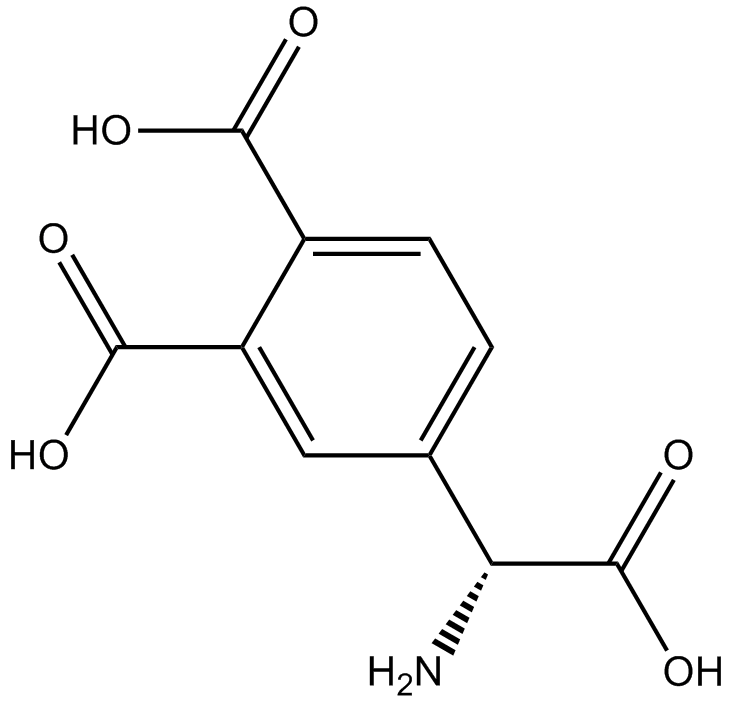 B6719 (R)-3,4-DCPGSummary: AMPA receptor antagonist with weak activity at NMDA receptors and little activity at kainate receptors
B6719 (R)-3,4-DCPGSummary: AMPA receptor antagonist with weak activity at NMDA receptors and little activity at kainate receptors -
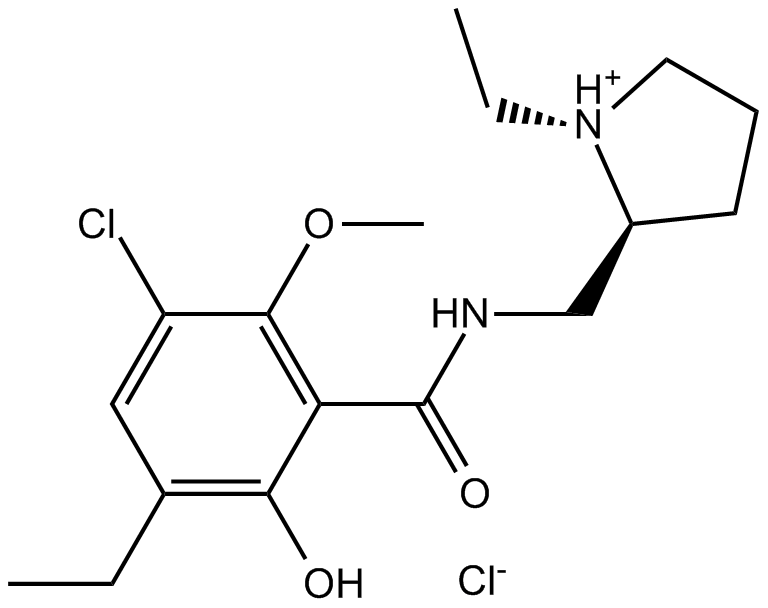 B6874 Eticlopride hydrochlorideSummary: dopamine D2/D3 receptor antagonist
B6874 Eticlopride hydrochlorideSummary: dopamine D2/D3 receptor antagonist -
 B7049 GT 2016Summary: H3 receptor antagonist
B7049 GT 2016Summary: H3 receptor antagonist -
 C5048 IbufenacSummary: COX-1 and -2 inhibitor
C5048 IbufenacSummary: COX-1 and -2 inhibitor -
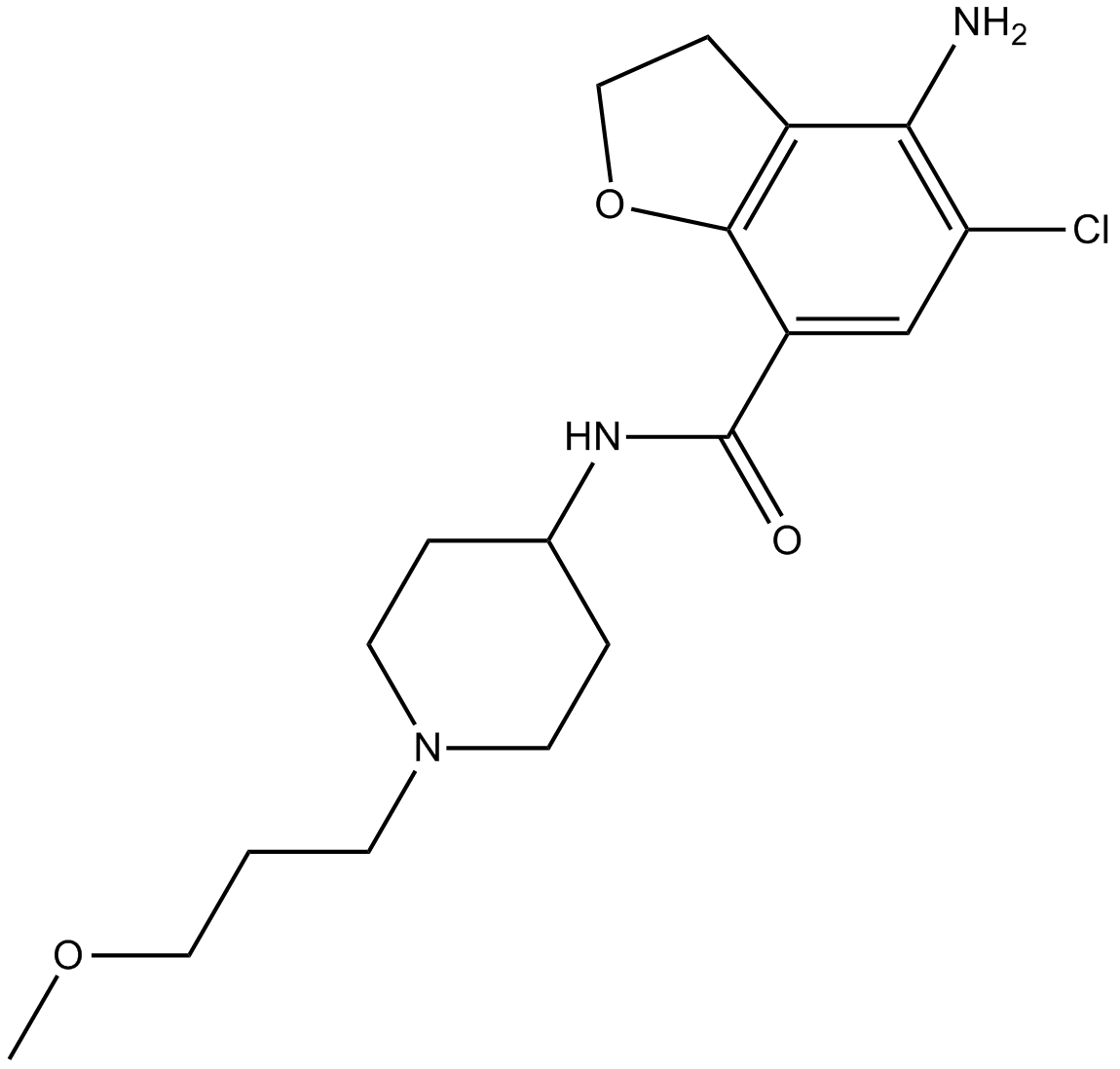 B2253 PrucaloprideSummary: 5-HT4A and 5-HT4B receptor agonist
B2253 PrucaloprideSummary: 5-HT4A and 5-HT4B receptor agonist -
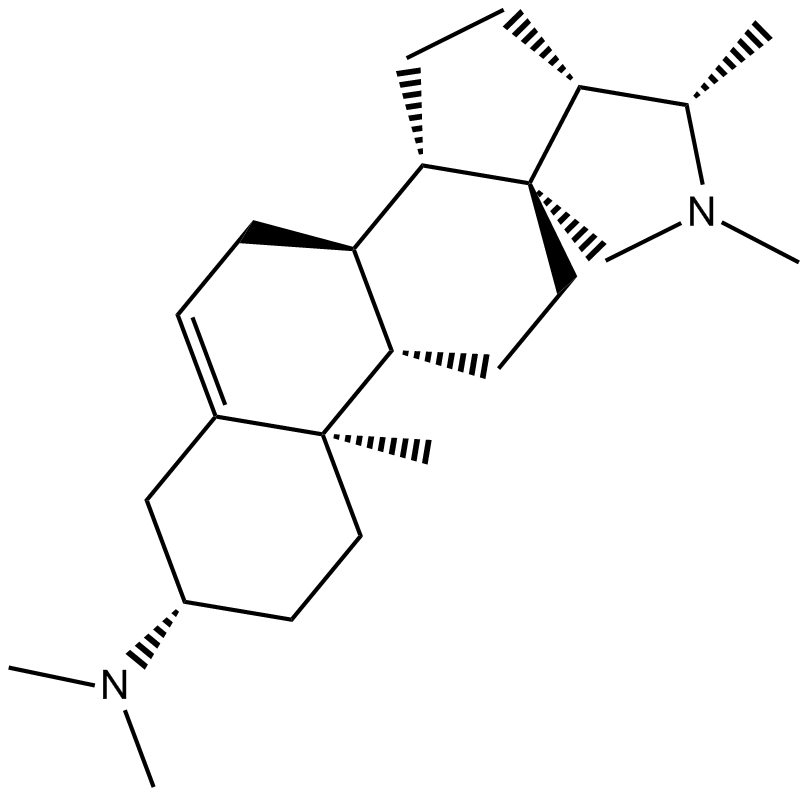 B7044 ConessineSummary: histamine H3 receptor antagonist
B7044 ConessineSummary: histamine H3 receptor antagonist -
 B6718 (RS)-3,4-DCPGSummary: antagonist of AMPA receptors and agonist of mGluR8
B6718 (RS)-3,4-DCPGSummary: antagonist of AMPA receptors and agonist of mGluR8 -
 B6864 RacloprideSummary: dopamine D2/D3 receptor antagonist
B6864 RacloprideSummary: dopamine D2/D3 receptor antagonist -
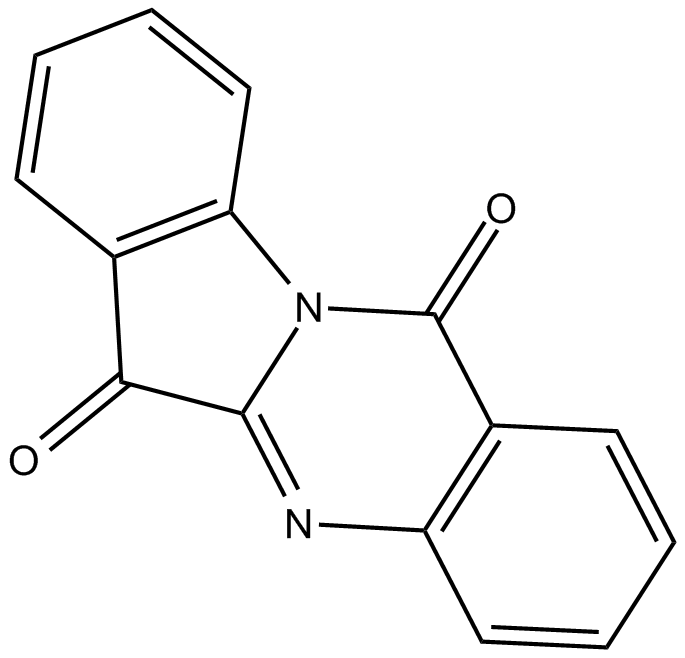 C5029 TryptanthrinSummary: inhibitor of Cox-2 and 5-LO
C5029 TryptanthrinSummary: inhibitor of Cox-2 and 5-LO

